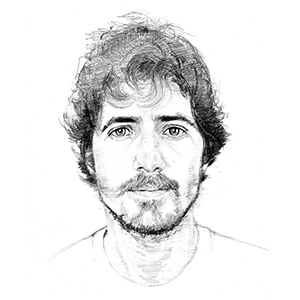
Freediving: Otovent
I'll be taking an introductory freediving course soon. To prepare, we have to practice ear pressure equalization with a device called Otovent. Here are a few facts I enjoyed learning.
Even though I don't quite understand the physiological mechanisms behind equalization1, I bought the device recommended by Paco, our instructor.
Otovent was initially launched in 1993 to help people suffering from glue ear2 and later repurposed to treat Barotitis (a painful condition some suffer while flying) and as a visual aid to equalizing for freedivers3.
How does the method work? As the instructions read, "the Otovent method provides the pressure required to open the Eustachian tube to help equalize the middle ear pressure." This process ventilates the middle ear, clears effusions, and relieves symptoms.4
The package contains five latex balloons—specially pressurized for this device—, a nosepiece, and a carry case. (Toy balloons can't be used for this method!)
Here are the basic usage steps, verbatim from the manual.
- Connect the balloon to the flat end of the nose piece.
- Hold the ball-shaped part of the nose piece firmly against your left nostril with your left hand. Compress your right nostril, using your right index finger.
- Inhale deeply through your mouth, then close your mouth and inflate the balloon by blowing through your left nostril until the balloon is the size of a grapefruit.
- Still with the inflated balloon tight to the left nostril, perform some swallowing manoeuvers.
- Repeat the procedure through your right nostril. Some patients may experience discomfort in the ear or dizziness during inflation. This initial sensation will decrease during the next inflation and is an indication that the procedure is working correctly.
I did this exercise around eight times through each nostril for the first time—which is recommended daily for 2–3 weeks—and, as expected, I felt slightly dizzy. I guess this feeling may disappear after a few weeks of practice.
Thanks for reading—I hope to share more curiosities with you as I dive into the freediving world.
Needless to say—I'm no doctor. So please don't use any of my words as medical advice. ↩
What is Otovent for. Otovent. ↩
Otovent instructions manual. Abigo. ↩

